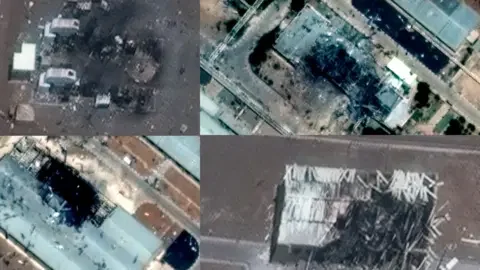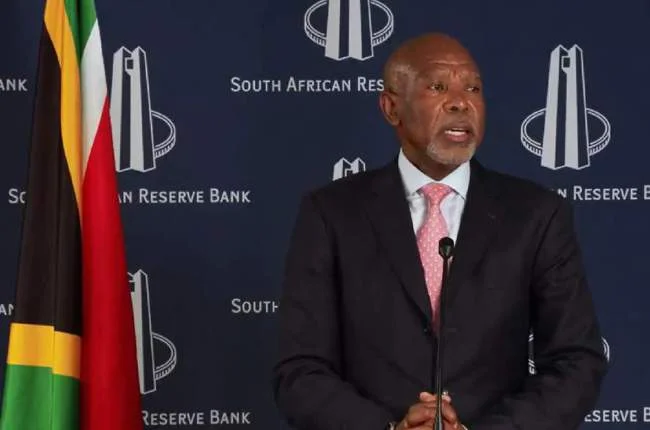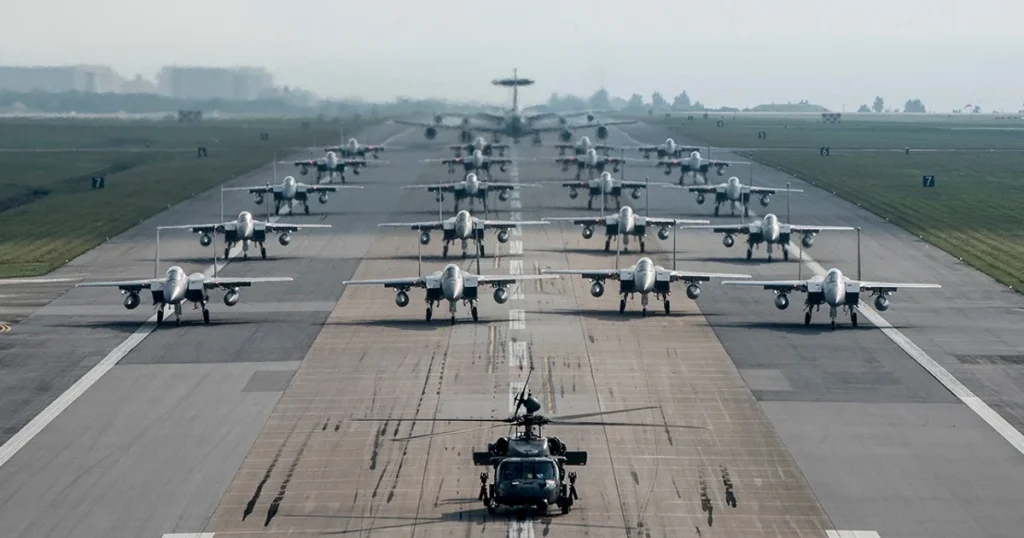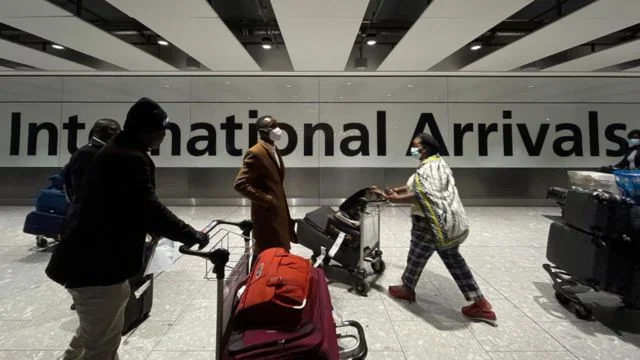Iran has refused to allow inspectors into its nuclear facilities that were targeted in June’s military strikes. This was revealed in a confidential report released by the U.N. atomic watchdog on Wednesday.
The report further warned that the verification of Iran’s entire enriched uranium stock is “long overdue.”
Loss of Critical Knowledge
The International Atomic Energy Agency’s (IAEA) own guidelines require it to verify a country’s stockpile of highly enriched uranium monthly.
This includes material enriched up to 60 percent purity a short, technical step from the 90 percent needed for weapons grade.
The IAEA has been demanding for months that Iran clarify the status of this stockpile. It has also urged the swift resumption of full inspections.
Although the two sides had reached an agreement in Cairo in September to pave the way for resuming inspections, progress has been minimal. Iran has now declared that earlier agreement void.
The agency stated in its report that five months have passed without access to this nuclear material. This means its necessary verification is “long overdue.”
The report emphasized the urgency: “It is critical that the Agency is able to verify the inventories of previously declared nuclear material in Iran as soon as possible.”
This verification is necessary to alleviate concerns regarding the potential diversion of declared nuclear material away from peaceful use.
The amount of highly enriched uranium Iran has produced and accumulated remains “a matter of serious concern.” The IAEA has now lost “continuity of knowledge” of Iran’s enriched uranium stocks. Re-establishing a full and accurate picture of these materials will be an extensive and difficult process.
Bombed Sites Remain Inaccessible
The IAEA has been severely restricted in its inspection activities. The agency has only managed to examine some of the 13 nuclear facilities that were “unaffected” by the attacks. It has not yet inspected any of the seven facilities that sustained damage.
Before the military strikes, which destroyed one of Iran’s three operational enrichment facilities and severely damaged others, the IAEA estimated Iran possessed 440.9 kilograms of uranium enriched to 60 percent purity in uranium hexafluoride form.
That specific amount is sufficient material, by the IAEA’s standard, to produce the core for 10 nuclear bombs if further enriched.
As a signatory to the Nuclear Non-Proliferation Treaty, Iran has a legal obligation. It must provide the IAEA with a special, detailed report on the status of the bombed facilities “without delay.” The report stated that Iran has still failed to deliver this mandatory documentation. The IAEA cannot inspect the damaged sites until that report is provided.























